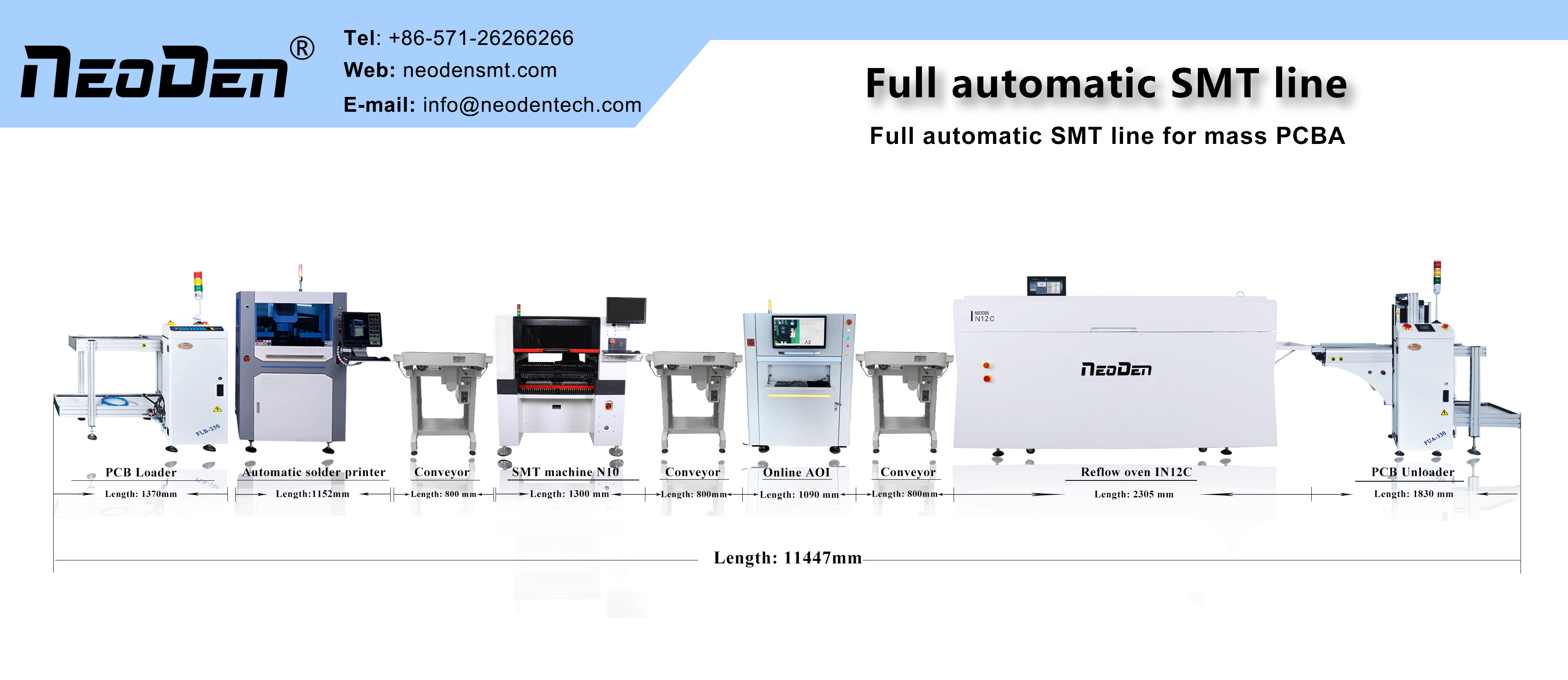I. The characteristics of BGA welding
1. High-density package
BGA package will be arranged in the solder ball array at the bottom of the chip, greatly improving the integration of components and PCB wiring density. This package form can effectively reduce the board area to meet the needs of high-performance and miniaturized products.
2. Good thermal performance
The structural design of the BGA package helps heat conduction and dissipation, which improves the heat dissipation performance of the chip. The material of the solder ball usually has high thermal conductivity, which helps to reduce the operating temperature of the chip and improve reliability.
3. High mechanical strength
Due to the uniform distribution of solder balls in the BGA package, the solder joints are subjected to uniform force, and the overall mechanical strength is high. This structure can withstand certain mechanical shock and vibration, suitable for a variety of harsh operating environments.
II. BGA welding process
1. Solder paste printing
Solder paste printer printing is the first step in BGA welding, the need for the right amount of solder paste uniformly printed to the PCB pad. The choice of solder paste and printing process has an important impact on the quality of welding. The precision of the printing template, the viscosity of the solder paste and printing pressure and other parameters need to be strictly controlled.
2. Component pick and place
Accurately mount the BGA components onto the PCB to ensure that the solder balls are aligned with the pads. This step is usually accomplished using a fully automated SMT placement machine, which requires high precision and stability of the placement equipment. Avoid excessive pressure during the placement process to avoid damage to the solder balls or PCB.
3. Reflow oven Soldering
Reflow soldering is a key step in BGA soldering. The solder paste is melted by heating to form a reliable solder joint. The temperature profile of reflow soldering is critical and is usually divided into a preheating zone, a wetting zone, a reflow zone and a cooling zone. The temperature and time parameters for each zone need to be optimized according to the characteristics of the solder paste and components to ensure solder quality.
4. Cleaning and Inspection
After the soldering is completed, the PCB needs to be cleaned to remove the residues generated during the soldering process. Subsequently, inspection of the soldering quality is carried out, including visual inspection and SMT AOI machine inspection. For BGA welding, X-ray inspection is also required to ensure the integrity and reliability of the solder joints.
III. BGA welding quality control
1. X-ray inspection
Since the BGA solder joints are hidden under the chip, the traditional optical inspection methods can not effectively detect the quality of its welding, X-ray inspection can see through the interior of the solder joints, detecting defects such as voids, cracks, bridges and other defects, which is a key means of quality control of BGA welding.
2. Temperature profile optimization
The temperature profile of reflow soldering directly affects the soldering quality. By reasonably setting the temperature and time for each stage of preheating, wetting, refluxing and cooling, it can ensure that the solder paste melts and cools uniformly to form a reliable solder joint.
3. Solder paste and solder ball material selection
Solder paste and solder ball material selection has an important impact on the quality of BGA soldering. It is necessary to select the appropriate solder paste formula and solder ball materials to ensure good wettability and reliable soldering performance.
4. Equipment Maintenance
The stability and accuracy of the welding equipment directly affects the quality of BGA welding. Regular maintenance and calibration of SMT mounter, reflow oven and other equipment to ensure that it is in the best working condition.
Quick facts about NeoDen
① Established in 2010, 200+ employees, 8000+ Sq.m. factory
② NeoDen products: Smart series PNP machine, NeoDen10, NeoDen9, NeoDen K1830, NeoDen4, NeoDen3V, NeoDen7, NeoDen6, TM220A, TM240A, TM245P, reflow oven IN6, IN12, Solder paste printer FP2636, PM3040
③ Successful 10000+ customers across the globe
④ 30+ Global Agents covered in Asia, Europe, America, Oceania and Africa
⑤ R&D Center: 3 R&D departments with 25+ professional R&D engineers
⑥ Listed with CE and got 50+ patents
⑦ 30+ quality control and technical support engineers, 15+ senior international sales, timely customer responding within 8 hours, professional solutions providing within 24 hours
Post time: Jun-12-2024

